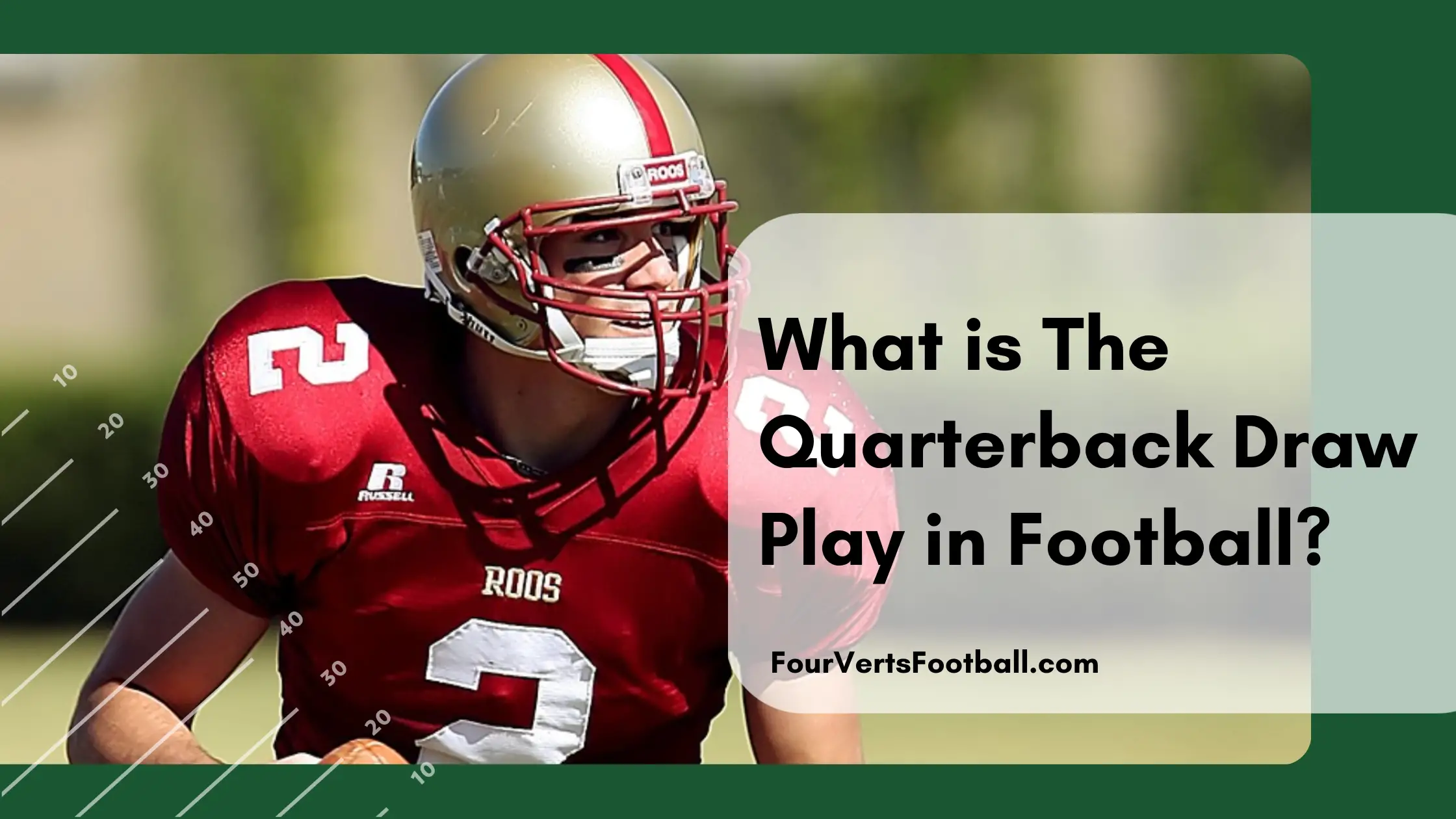Football is a game of strategy, skill, and the occasional Hail Mary pass that leaves fans on the edge of their seats. Amidst the playbook of plays and tactical maneuvers, one play that often leaves defenders scratching their heads is the Quarterback Draw. In this blog post, we’ll break down the ins and outs of the Quarterback Draw, unraveling the mysteries behind this clever play.
Introduction
Picture this: the quarterback drops back, surveying the field, and just when the defense thinks they’ve got him cornered, he tucks the ball and charges straight through the heart of the defense. That, my friends, is the Quarterback Draw in action.
Now, let’s dive into the nitty-gritty details of this play, exploring its origins, the strategic thinking behind it, and why it’s become a favorite among coaches seeking that game-changing edge.
The Quarterback Draw: An Overview
At its core, the Quarterback Draw is a designed running play where the quarterback, instead of passing the ball or handing it off to a running back, decides to take matters into his own hands—quite literally. The offensive line creates a gap for the quarterback to exploit, inviting defenders to rush past as the signal-caller dashes through the opening.
The Strategic Chess Match
The success of the Quarterback Draw lies in its ability to exploit the defense’s expectations. Defenders are accustomed to reacting to certain cues – a dropped shoulder indicating a pass, a running back taking the handoff – but the Quarterback Draw flips the script. It’s a chess match of playcalling, where the quarterback, uses misdirection to catch defenders off guard.
Imagine the confusion on a defender’s face when they’re expecting a pass play, and suddenly the quarterback, who moments ago was scanning the field like a hawk, is charging straight at them. The hesitation created by this moment of surprise is often all the offense needs to gain crucial yards.
Setting the Stage: The Art of Deception
To execute the Quarterback Draw successfully, the offense must set the stage with convincing play-action. This means mimicking the motions of a passing play to trick the defense into thinking it’s about to face an aerial assault. The offensive line is crucial here, feigning pass protection as the quarterback drops back, selling the illusion to the defense.
The quarterback, in turn, must sell the pass by adopting the same throwing mechanics he would for a regular pass play. This adds an extra layer of deception, making it difficult for defenders to discern the true intent until it’s too late. The Quarterback Draw is, in essence, a beautifully orchestrated dance of misdirection, with each player playing their role to perfection.
Reading the Defense: The Quarterback’s Dilemma
While the Quarterback Draw relies heavily on deception, the quarterback’s decision-making is equally critical. In the heat of the moment, with defenders closing in, the quarterback must read the defense like a seasoned detective solving a mystery. Is the defensive line rushing hard, anticipating a pass? Are the linebackers dropping into coverage, leaving a tempting gap in the middle? These are the questions racing through the quarterback’s mind as he decides whether to execute the draw or opt for an alternative play.
The best quarterbacks possess an innate ability to make split-second decisions, a trait that separates the greats from the rest. They must assess the unfolding chaos, factor in the speed and agility of the opposing players, and choose the optimal course of action. It’s this mental acuity, coupled with physical prowess, that transforms the Quarterback Draw from a mere play in the playbook to a strategic masterpiece.
Conclusion
In the ever-evolving world of football, where offenses strive for innovation and defenses aim to stay one step ahead, the Quarterback Draw stands out as a cunning play that keeps everyone guessing. Its success hinges on a blend of misdirection, execution, and the quarterback’s ability to outsmart the defense in the blink of an eye.
Have you ever witnessed a perfectly executed Quarterback Draw that left you in awe? Or do you have thoughts on how defenses can counter this tricky play? Share your experiences and insights in the comments below. Let’s keep the conversation going – because when it comes to football, there’s always more to discuss on the road to victory!

